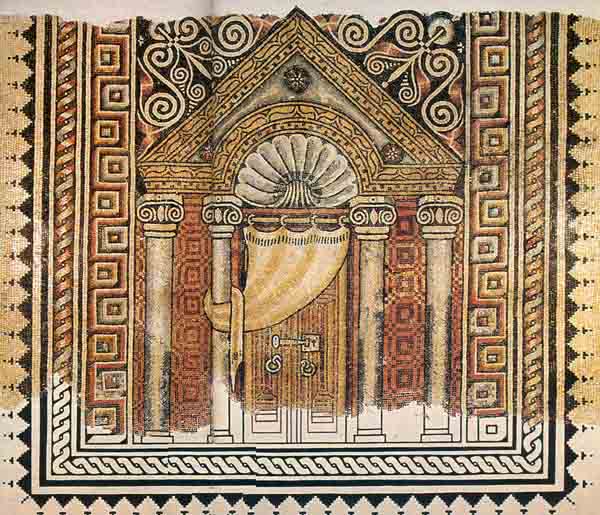How to Tell a Samaritan Synagogue from a Jewish Synagogue

For most Christians, the term “Samaritan” evokes a compassionate people who help others in need, especially when nobody else is willing to do so. In fact, today “Samaritans” is the name of an organization that attends to the emotionally distressed. The name derives from the New Testament parable of the Good Samaritan, in Luke 10:25–37. When Jesus was asked “And who is my neighbor?” he replied with the parable: A man fell into the hands of robbers who beat him and left him lying half dead. Neither a priest nor a Levite who happened to pass by did anything to help him. Only a Samaritan traveler stopped to bandage his wounds and make provisions for his care. He alone proved to be a true neighbor of the man who was robbed.
Another New Testament narrative tells of Jesus healing ten men, only one of whom—a Samaritan—returned to thank him (Luke 17:11–19). In the famous scene at Jacob’s well, in which a woman from Samaria speaks to Jesus, he reveals himself to her as the Messiah (John 4:1–26). Whether these are literary parables or stories written from a theological perspective, rather than historical episodes, these tales accurately portray the ambivalent attitude of Jews towards Samaritans at that time.
Already a library member? Log in here.
Institution user? Log in with your IP address.

